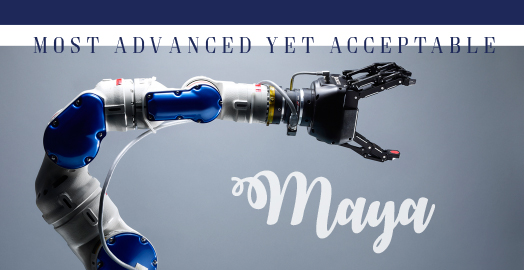PRINCIPLE OF PLEASURE IN DESIGN
PRINCIPLE OF PLEASURE IN DESIGN
Before start the class, Dr. Tan reminds about project proposal that should be done in google docs. The project proposal is the report based on the rubric result. (Unfold the beauty of Tanjung Malim assignment).
Dr. Tan also reminds about mid-term quiz.
Today, Dr. Tan teach about
PRINCIPLE OF PLEASURE IN DESIGN
- Occurs when human beings achieve their aims by altering or changing subjective world.
- This principle is suggested by Paul Hekkert on 2016
Paulus Petrus Maria Hekkert is a Dutch professor shape theory at the Faculty of Industrial Design Delft University of Technology. As head of the Design Aesthetics section he investigates sensory perception and emotional experience of products.
This is the link of paper that explain about
Design aesthetics: principles of pleasure in design.
PRINCIPLE 1 : MAXIMUM EFFECT FOR MINIMUM MEANS
- Our system want to function as economical as possible.
- If we can smell, see, hear or decide something faster or with less effort, we will prefer it over the more demanding alternative.
- For example, before this, people use book and have to go to the library to get the book (knowledge), but now, people just use "google" to search anything.
Albert Einstein make a formula : Newton law of physics (gravity)
- People like to invest a minimum amount of means, for example: effort, resources, brain capacity to attain the highest possible effect, in terms of survival, reproduction, learning or explaining.
- A theory or formula is considered beautiful when it only has a few assumptions or parameters that can describe or predict a vast range of phenomena.
- The use of metaphors | simple and implicit
Similes and Metaphors
PRINCIPLE 2 : UNITY IN VARIETY
- The world out there is loaded with information and can simply pick up any source that happen to be within each.
- Rationale behind unity
> Evolutionary advantage
> Neurophysiological advantage
> Evolutionary Advantage
The perceptual tendency of grouping of discovering relation, is reinforcing because it allows us to detects or meaningful wholes, for the tiger that is partly behind the tree.
> Neurophysiological Advantage
Due to the limitation of our brain's capacity, extracting relationships is an economically sound way to minimize allocation of attention resources.
This video shows that human brains can focused at certain thing at one time
The Monkey Business Illusion
Let's take a look for this simple explanation about the principle of design
The Principles of Design
The Elements of Art






Comments
Post a Comment